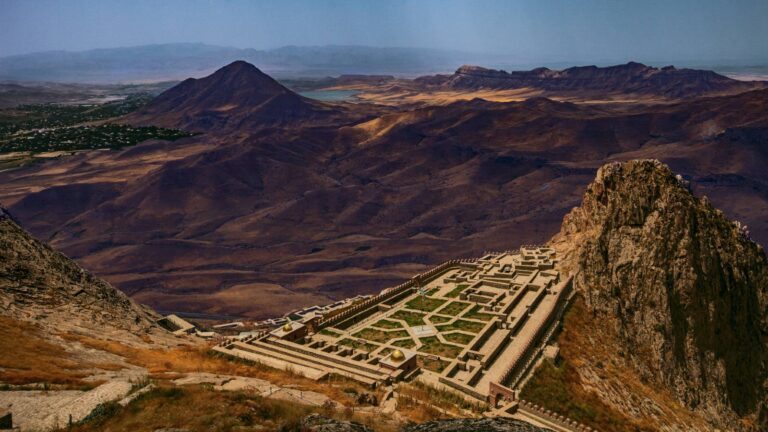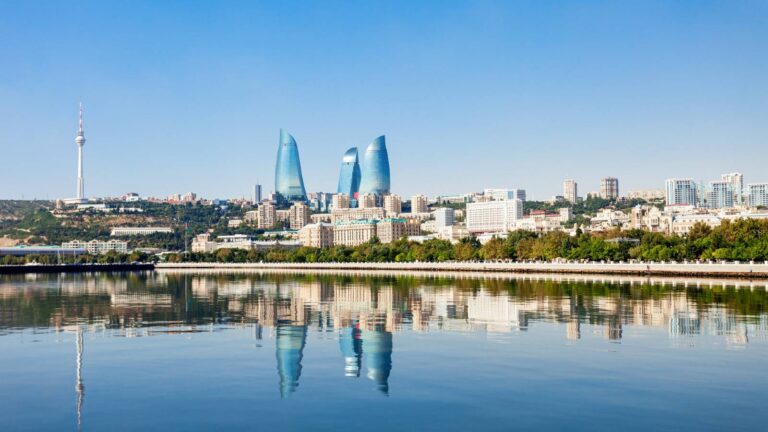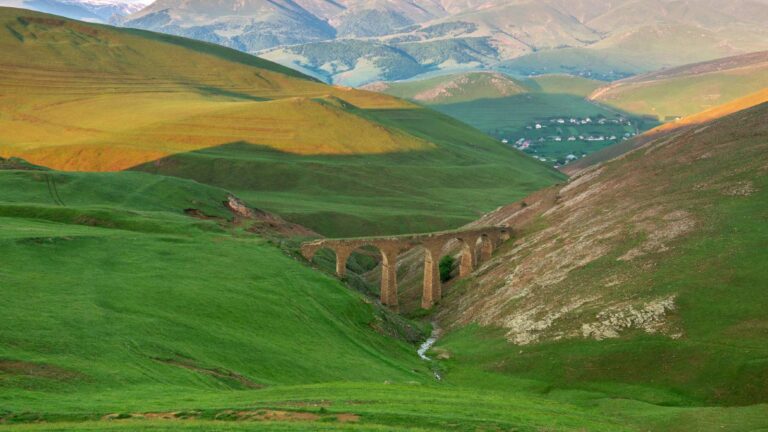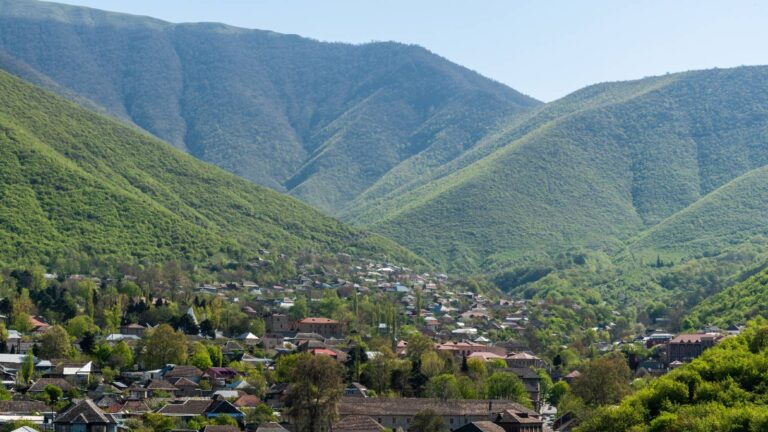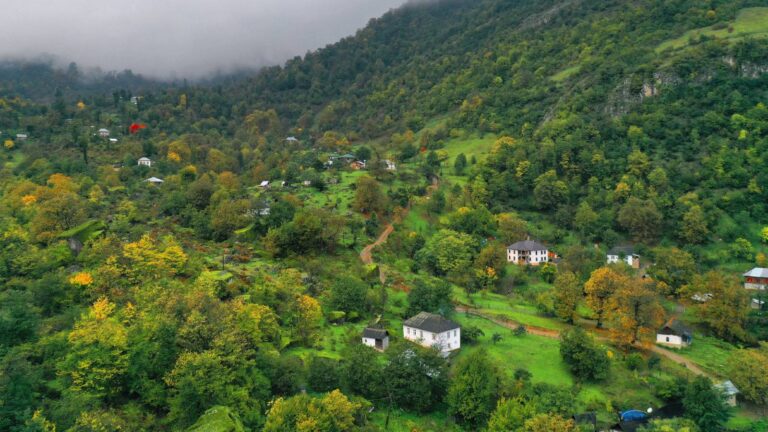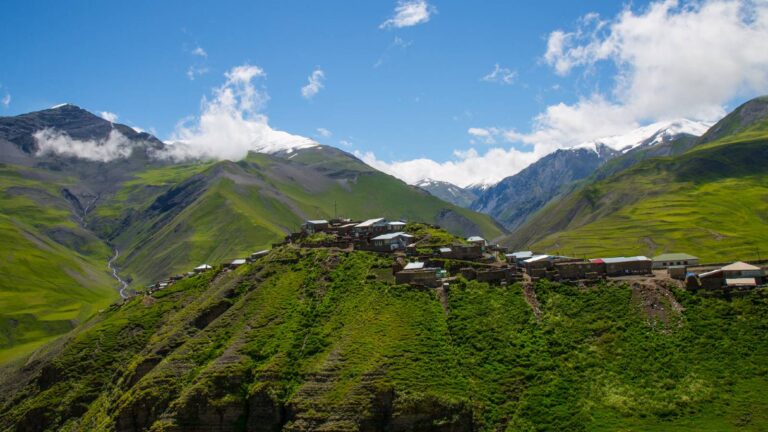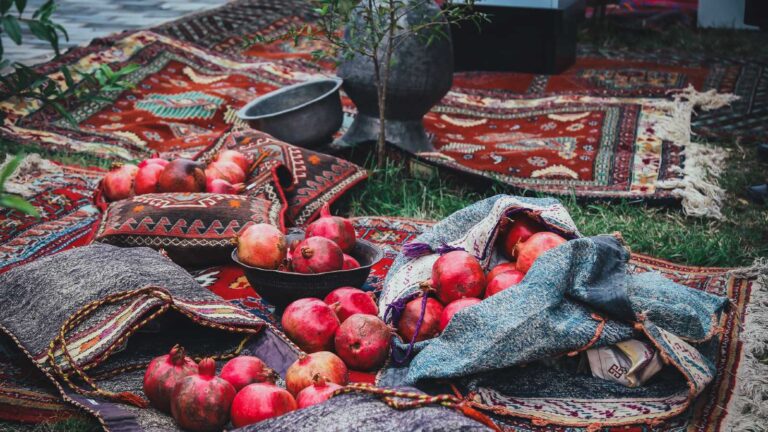Currently, it is not possible to travel to Karabakh as transportation and other infrastructure is in the process of being restored. This includes constructing two main roads into the region, one from Ganja via Goygol to Kalbajar and the other from Fuzuli to Shusha. Many other roads that existed prior to the conflict are set to be restored as well, and in future buses and taxis will be readily available from Baku and other major cities to the Karabakh region.
International airports have recently been completed in both Fuzuli and Zangilan.
In the future travelers can expect to be able enjoy great hiking and other outdoor activities in the Lesser Caucasus Mountains, visiting an abundance of historical sights including ancient churches and mosques, fortresses, caravanserais, arch bridges and much more.
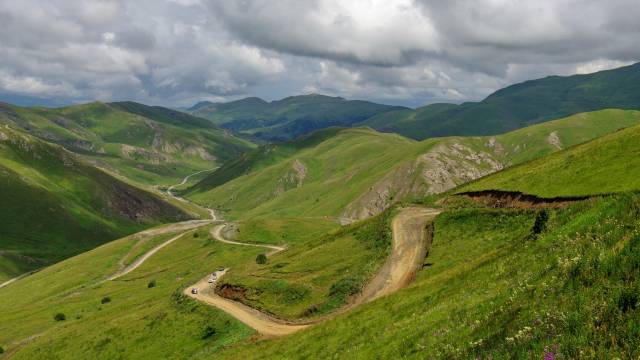
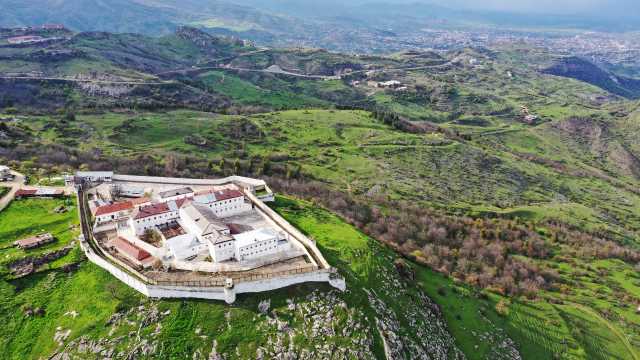
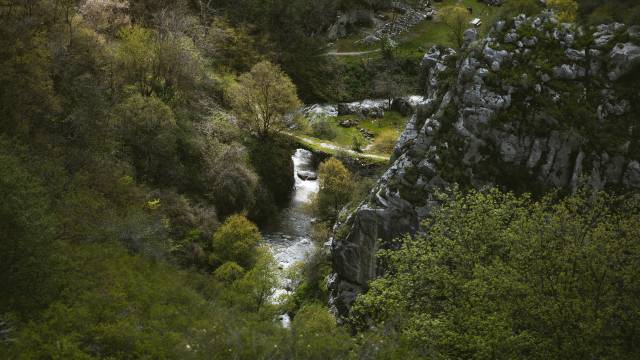
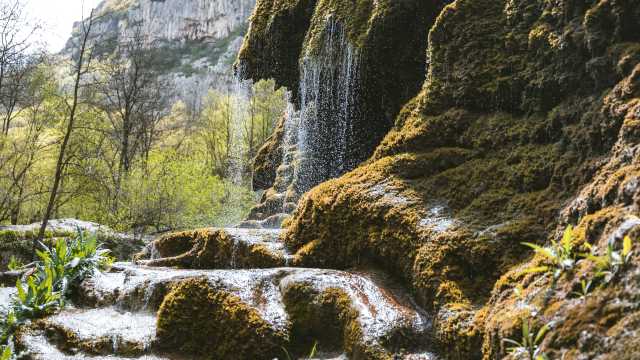
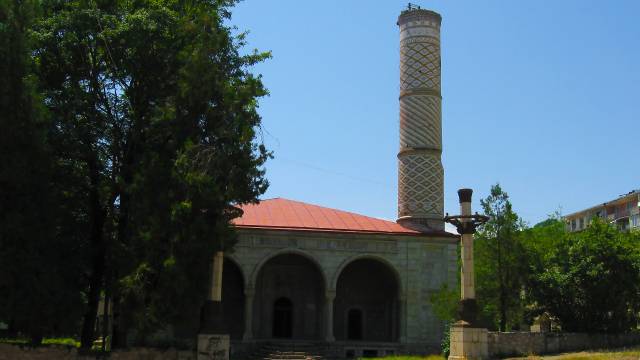
Azikh Cave, meanwhile, is one of the world’s oldest inhabited sites. The city of Shusha has been declared the country’s ‘cultural capital’ and is likely to host regular festivals of cuisine, music and more in the future. That city also hosts several key mosques and museums.
Its pure air and myriad mineral water springs have historically made Karabakh a popular wellness destination and the hot springs at Ilisu in Kalbajar are a real standout attraction.
Karabakh is a great place to explore the heritage of Caucasian Albania, an ancient Christian state existing across much of today’s Azerbaijan between about 3 BC and 8 AD. Some of the best places to visit include the Aghoglan Monastery by the Aghoglan river in the Lachin region and the Khudavang Monastery complex, situated on the left bank of the Tartar river in the Kalbajar region.
Further south in the Jabrayil region the Khudafarin bridges are two arched bridges across the Araz river. They are thought to have been built around the 12th century under the Atabeys and inevitably played a crucial role in the transportation of people, goods and ideas along the Silk Road. Near the town of Fuzuli, meanwhile, is the Azikh Cave, one of the oldest sites of human habitation in the world, believed to have been inhabited up to a million years ago.
The city of Shusha is home to many historical monuments, including several centuries-old mosques, house museums to prominent former residents, and above all the Shusha Fortress, a symbol of the Karabakh Khanate (1748-1822). The city of Aghdam was completely destroyed during the first Karabakh war but previously was home to a unique Bread Museum and teahouse. The only surviving building is the elegant Juma Mosque.
Shusha was recently declared the ‘cultural capital’ of Azerbaijan thanks to its extremely rich musical, literary and craft heritage. The city is closely associated with key figures in Azerbaijan’s cultural history such as the composer Uzeyir Hajibeyli, who composed the first opera in the Muslim East, the singer Bulbul, and the poetess Khurshidbanu Natavan, daughter of the last Karabakh khan. Shusha carpets, meanwhile, were historically renowned throughout the Caucasus.
The Karabakh region consists of Upper Karabakh, which is mostly mountainous with the Lesser Caucasus Mountains, and Lower Karabakh, which consists largely of lowland steppes extending south to the Araz river, which marks the border with Iran.
To the west Karabakh borders Armenia. Lower mountain areas are covered by oak, hornbeam and beech forests and the mountainous parts are also home to lush valleys, rocky canyons and waterfalls.
There are several rivers in the region, the largest of which is the Tartar, and mineral water sources. At a place called Istisu in mountainous Kalbajar there is a collection of hot springs that used to attract thousands of health tourists annually.
Karabakh was historically known for such industries as silk production, agriculture, winemaking, carpet-weaving, mining and tourism, all of which are likely to be relaunched in coming years. It is also planned to develop a vibrant creative industry in the regional capital, Shusha, including film and television, architecture, publishing, fashion, theatre and more.
The region will play an important role in regional north-south and east-west transportation projects. Currently destroyed cities are planned to be rebuilt as self-sustaining ‘smart cities’, and the region’s abundance of rivers and sun offer the potential to build a dynamic alternative energy industry.

